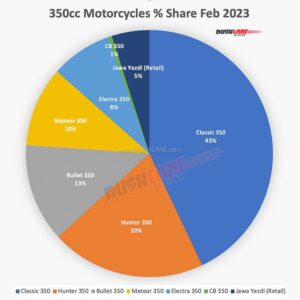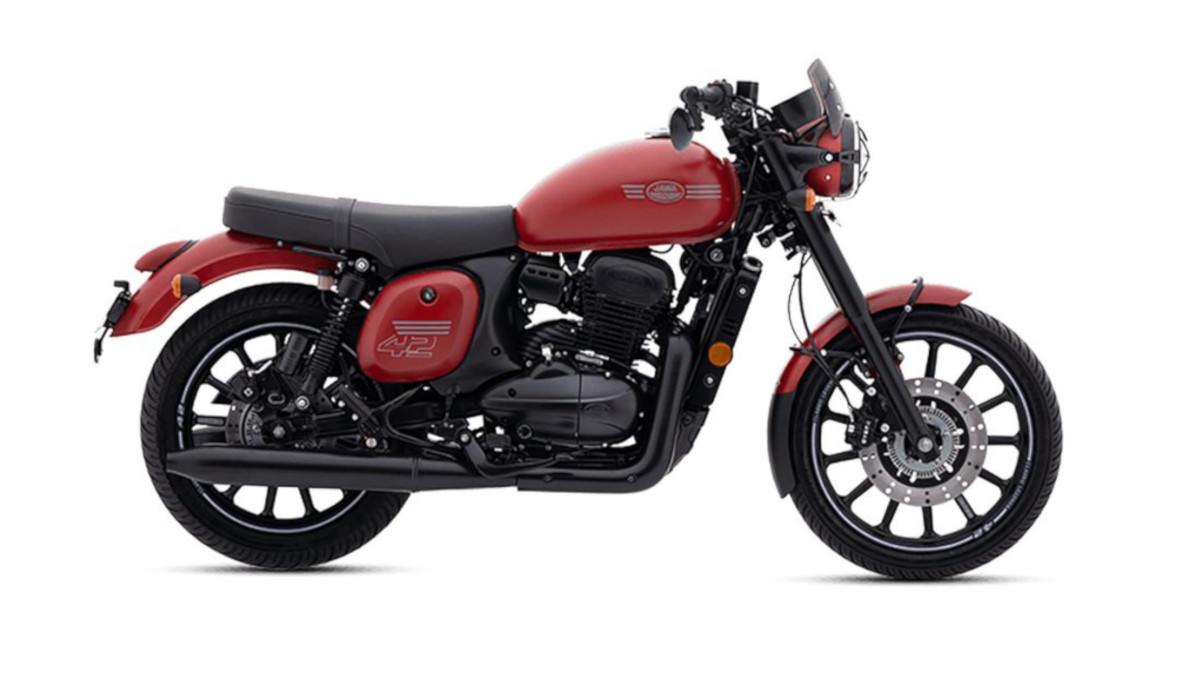Jawa, a motorcycle brand known for its classic retro design, returned to the Indian market in 2018 after a long hiatus. While the initial response to Jawa motorcycles was positive, several factors contributed to their underwhelming performance in the Indian market:
Read More : RE’s electric motorcycle to be launched at 2023 EICMA

Feb 2023 Jawa Yezdi Sales, Image Source: Rushlane
Reasons
1. Intense Competition: The Indian motorcycle market is highly competitive, with several well-established brands offering various options across different price segments. Jawa faced stiff competition from other established players like Royal Enfield, which has a strong brand presence and a loyal customer base.
2. Supply Constraints: Due to supply constraints, Jawa initially struggled to meet the high demand for their motorcycles. The company faced issues with production capacity and distribution network, leading to long customer waiting periods. This resulted in potential buyers opting for other available alternatives.
3. Quality and Reliability Issues: Some early buyers of Jawa motorcycles reported issues related to quality and reliability. Complaints about engine performance, vibrations, and electrical problems were common. Such issues affected the brand’s reputation and customer trust, ultimately impacting sales.
Pricing Strategy
4. Pricing Strategy: Jawa positioned its motorcycles as premium offerings with a higher price than its direct competitors. This pricing strategy made it difficult for Jawa to compete with Royal Enfield, which already had a strong foothold in the segment and offered similar retro-styled motorcycles at a comparatively lower price.
5. Limited Product Lineup: Jawa initially launched its motorcycles with limited models and variants, restricting customer choice. On the other hand, Royal Enfield had a more comprehensive portfolio catering to different customer preferences and price points.
To summarize, Jawa faced challenges related to intense competition, supply constraints, quality issues, pricing strategy, and a limited product lineup.
These factors collectively impacted its performance in the Indian market. The market dynamics can change over time, and companies often make adjustments and improvements to address these challenges.





































